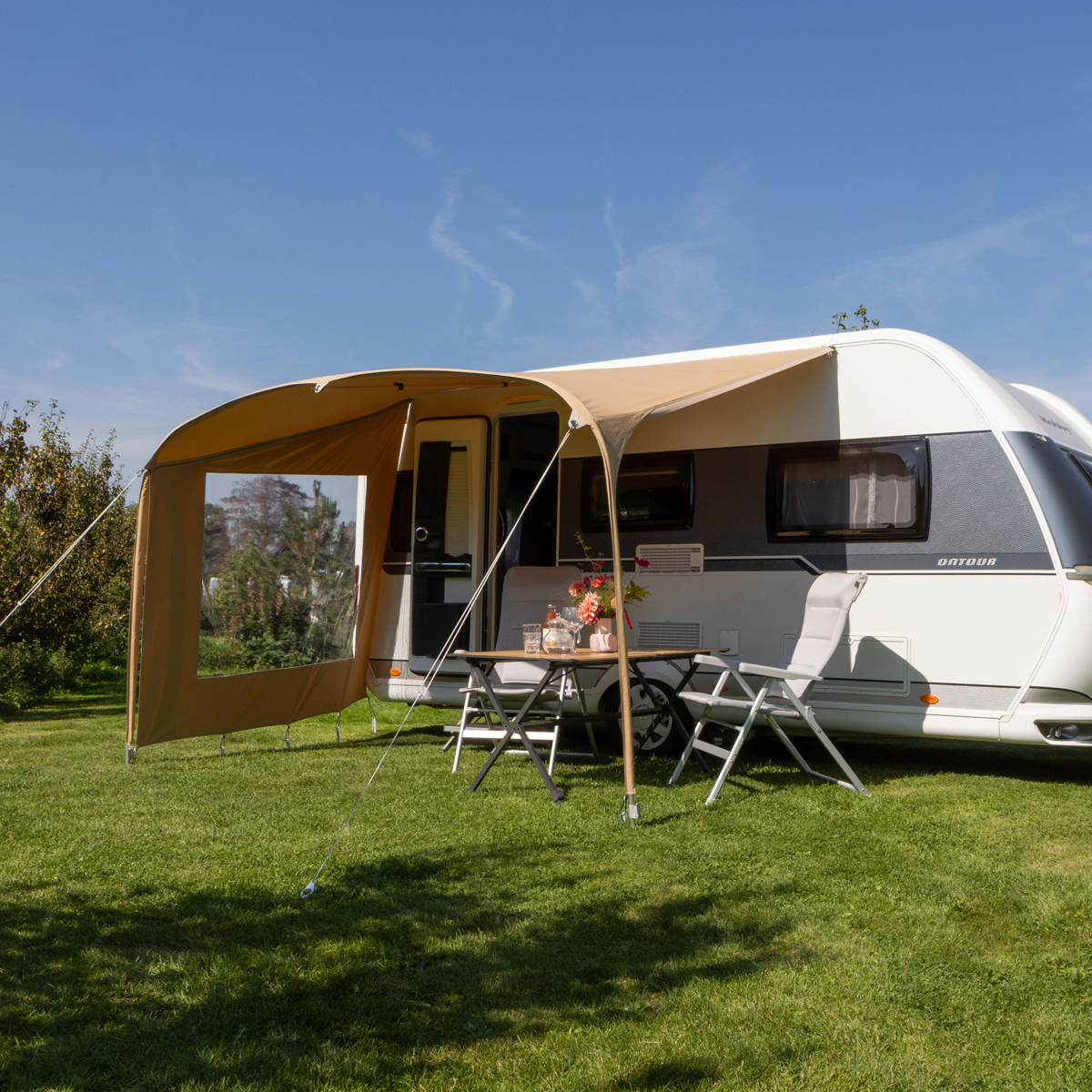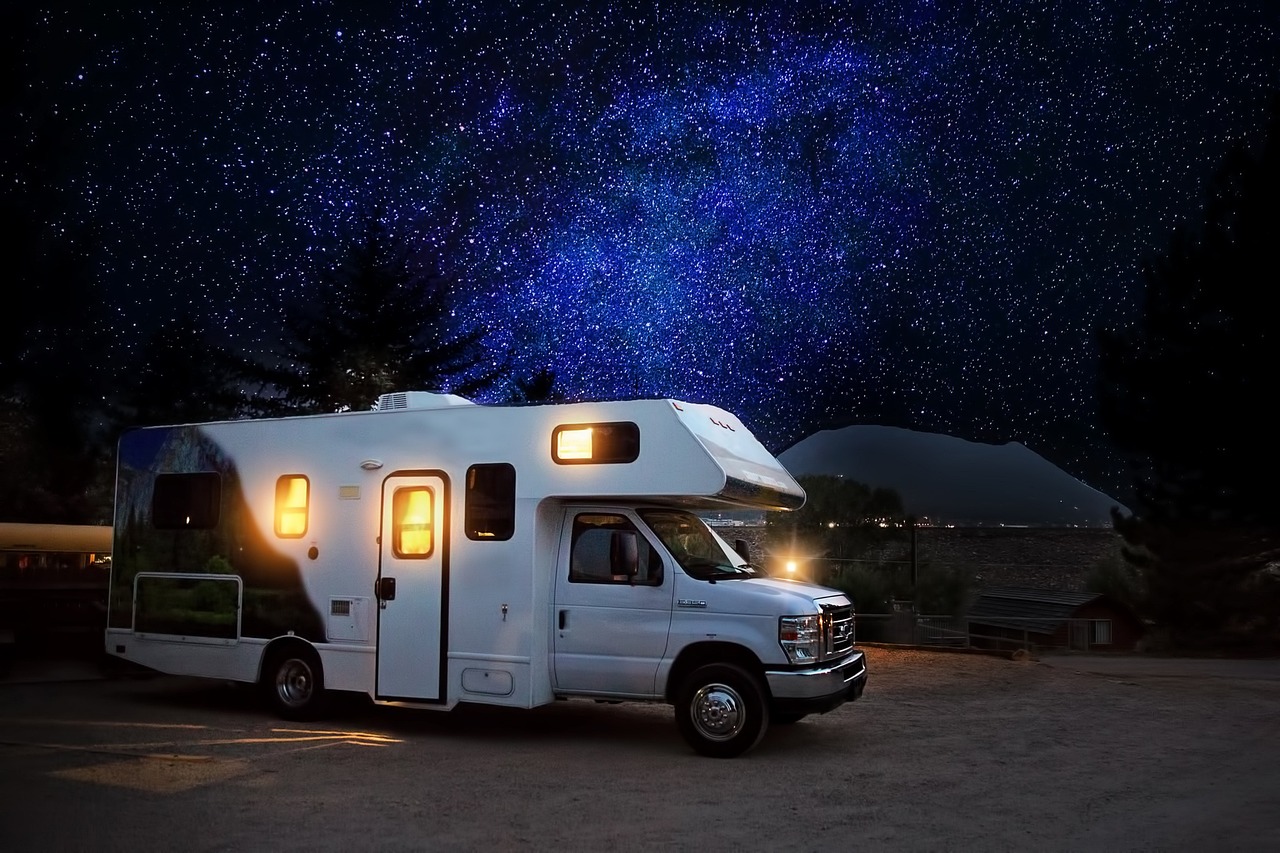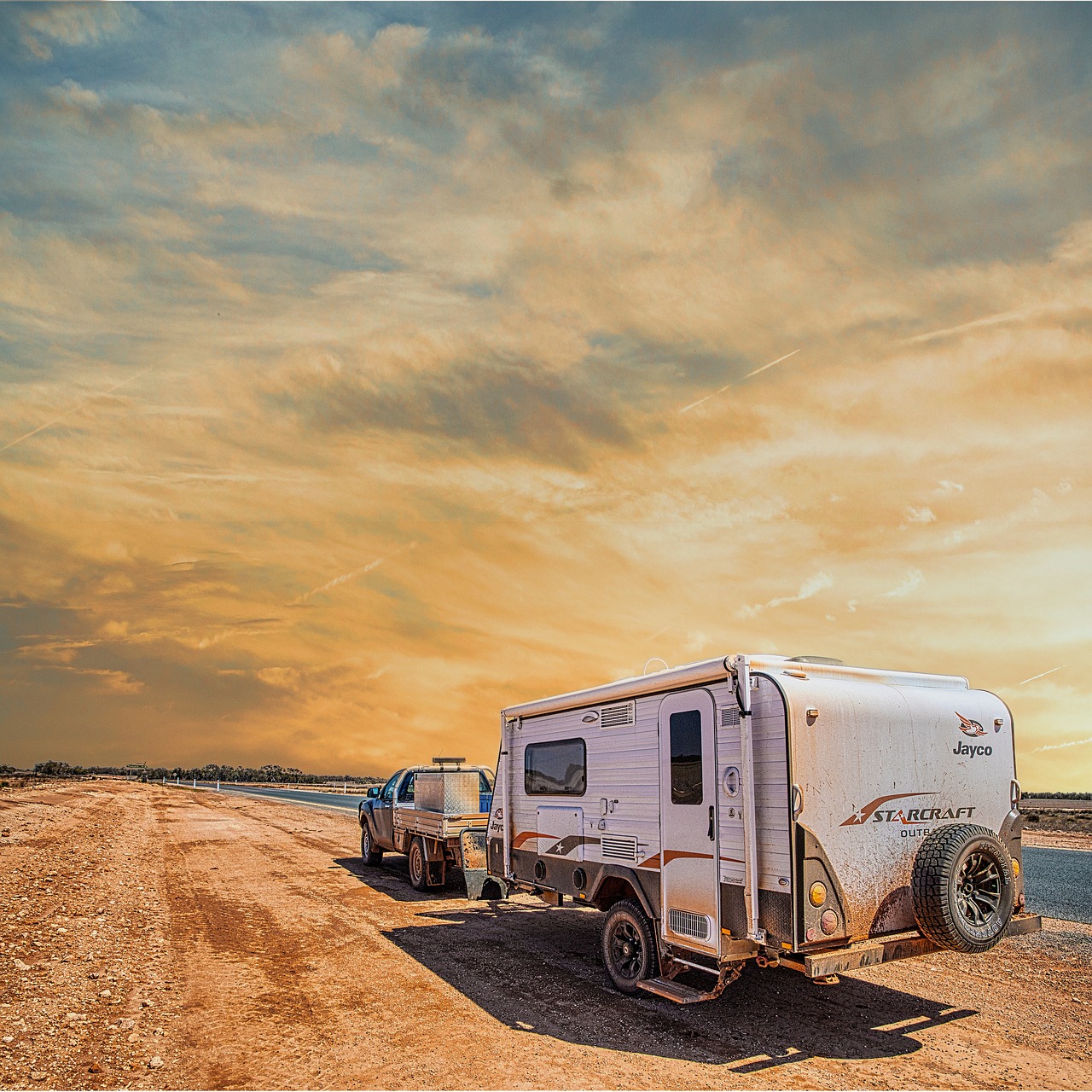Auxiliary springs: safe and comfortable driving
Passenger cars are sometimes weighed down by the weight of the caravan and holiday luggage. They hang heavily in the rear springs, so that you can sometimes even touch the ground with the caravan, for example at speed bumps. MAD: specialist in auxiliary springs proves that things can be done differently.
How often do you see it on the highway: cars that lean back considerably, under pressure from the caravan. This is not only due to the nose weight (55-75 kilos). Also the rest of the holiday luggage that has found a place in the car. Add to that the two children in the backseat and you understand that the rear suspension of the car can 'break through' at speed bumps, bumpy country roads or a bridge taken a little too enthusiastically.
At such times, the drawbar of the caravan can hit the road, sometimes even causing damage. Cars loaded in this way also have poor handling: the pressure on the front wheels (steering!) is less, the combination feels less stable and the braking distance is greater. Such an unsafe situation is simple – and relatively cheap – to prevent. With auxiliary springs.

Two additional spirals
A set of auxiliary springs consists of two additional coils that are placed within the existing coils of the rear suspension. Due to their construction, they only work when the car is loaded. It works like this: if a car has a suspension travel of ten centimeters in normal condition, such a car sometimes sinks as much as 5 centimeters deeper under the pressure of luggage and a filled back seat. Auxiliary springs ensure that these 5 centimeters are compensated, so you have the same suspension travel as during normal use.
The auxiliary springs therefore assist the normal rear suspension of the passenger car in carrying the total weight. With a caravan on the hook, your car will not be easier to steer, it will remain stable and it will spin less often when the car is heavily loaded. So much for the theory. But what about in practice?

Test driving with auxiliary springs
MAD is a Dutch manufacturer of auxiliary springs. During the MAD Xperience in Veenendaal we were able to test drive two identical car/caravan combinations, both loaded in exactly the same way. Not overloaded for the occasion, but as we would go on holiday ourselves, assuming a family with two children plus accompanying holiday luggage. The ANWB charges 100 kilos for holiday luggage (such as awning, spare wheel, gas bottles, etc.), plus 30 kilos of personal luggage per person: together with the bicycles, camping furniture and food for a few days, you are already paying quite a bit for the tax of what the caravan costs. may have to load.
Stable without heaving
The difference between the two combinations was already clearly visible when standing still: the Peugeot without was already leaning heavily on the rear springs, while the Peugeot with was about 4-5 centimeters higher on its hind legs; comparable to unladen condition. During a route with speed bumps, plateaus in the road surface (at intersections) and bridges, the difference between the two combinations became clearly palpable. Literal. With the Peugeot/Hobby-without we regularly found ourselves with the caravan nose on the ground - especially at speed bumps and plateaus in the road surface - even when we carefully reduced speed.
With the combination with the MAD auxiliary springs we did not hit the ground once. Not even when we increased our speed. Even during fast driving sections in the polder, the combination with MAD auxiliary springs felt clearly more stable, in contrast to the swaying of the combination without auxiliary springs. Highly recommended. But then: the price.

Price isn't too bad
The price of a set of auxiliary springs for passenger cars is not too bad. Auxiliary springs are relatively cheap compared to other solutions for heavy loads. A set of auxiliary springs for most mid-range cars costs around 170 euros, including VAT. Add half an hour's workshop rate and you're done for less than 200-220 euros. For the vast majority of cars, auxiliary suspension is sufficient - for some models, such as the Volvo V60, a replacement spring is necessary. Then it will cost you more: 350 euros, plus an hour and a half in the garage.
Also for campers
MAD also makes auxiliary springs for campers, consisting of air springs that are mounted on the existing suspension. The air springs are filled with a special compressor and can even be adjusted while driving with a control panel on the dashboard: hard or soft, completely according to your wishes. The advantage of auxiliary springs at the rear is that the weight of a scooter or two electric bicycles is automatically compensated by the central control unit that puts a little more pressure on the rear suspension.

Not necessarily necessary, but optional: auxiliary springs at the front. These ensure - especially in combination with rear air suspension - silky smooth handling, without the camper commuting. Air suspension is not cheap: count on € 1.800 at the rear and the same amount at the front. MAD also supplies reinforced front springs especially for campers on Fiat Ducato. These provide more ground clearance and prevent the camper from tipping over at the front.
More information can be found at www.hulpveren.nl




